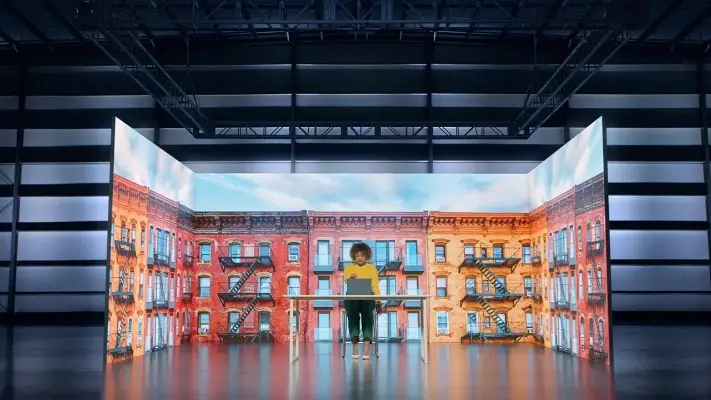Exploring the Key Elements That Affect Color Uniformity in LED Panel Panels for Ideal Display Performance
Exploring the Key Elements That Affect Color Uniformity in LED Panel Panels for Ideal Display Performance
Blog Article
Hue consistency in light-emitting diode wall panels is crucial for attaining optimal optical output. LED wall screens are commonly used in various settings, including concerts, conferences, and promotional displays. When the colors on these screens are consistent, they create a more engaging and enveloping experience for viewers. Several key elements affect color uniformity, including the caliber of the LED components, calibration procedures, and environmental conditions.
The caliber of the light-emitting diode components plays a major role in hue consistency. Different types of light-emitting diodes produce light at varying wavelengths, which can influence the total color output. High-quality light-emitting diodes are engineered to generate a more consistent light spectrum, resulting in better color accuracy. Additionally, the manufacturing method of these light-emitting diodes can affect their functionality. Screens made with superior materials and technology tend to have less hue differences, ensuring that the displayed pictures and footage look lively and faithful to reality.
Calibration is another essential element in maintaining color consistency in light-emitting diode wall screens. Calibration involves modifying the settings of the panel to make certain that the hues displayed match the desired appearance. This process can include adjusting luminosity, contrast, and color balance. Regular calibration is read this article essential, especially in settings where lighting conditions vary often. By calibrating the panels, specialists can fix any discrepancies in color result, leading to a more consistent observing experience.
Environmental factors also influence color consistency in LED wall screens. Elements such as ambient light, temperature, and humidity can affect how hues are perceived. For instance, intense ambient light can wash out hues, making them look less lively. Similarly, harsh heat can affect the performance of the LEDs, resulting to hue shifts. To mitigate these issues, it is crucial to place LED wall screens in controlled settings where illumination and temperature can be managed efficiently.
Lastly, the design and layout of the LED wall panels can affect hue uniformity. The arrangement of the screens, as well as the spacing from which they are viewed, can create variations in color perception. When screens are arranged too distant apart or at varied angles, viewers may detect discrepancies in hue. To obtain the best visual performance, it is important to take into account the placement and alignment of the screens during setup. By addressing these factors, users can ensure that their LED wall panels provide a uniform and superior optical encounter.